In the News
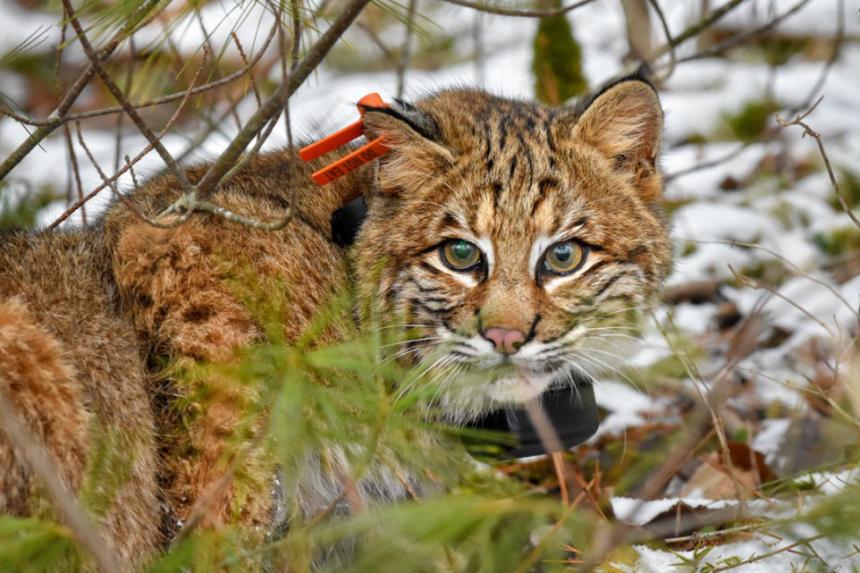
April 17, 2025
Avian influenza – which has devastated poultry flocks, wildlife populations and increasingly poses a public health risk – has now been confirmed in wild bobcats in New York state, according to a new study by Cornell scientists.
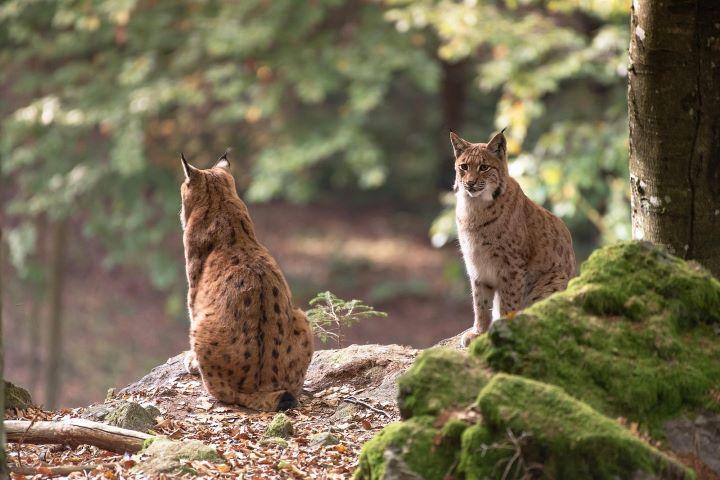
For Your Information
March 26, 2025
A recent study by Cornell researchers assessed the presence of antibodies for highly pathogenic H5N1 influenza A in live-captured bobcats in New York.
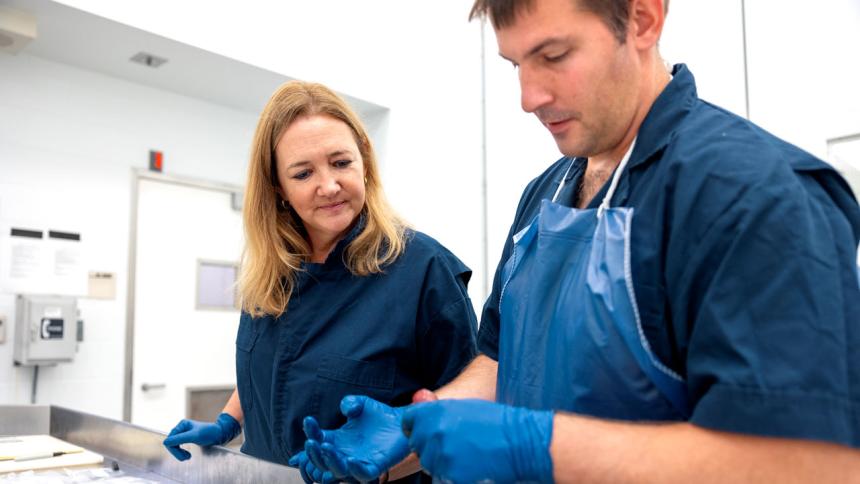
Blog
April 30, 2024
My role within the laboratory is multi-functional, and I serve many stakeholders, including the wildlife health laboratory and the anatomic pathology group....
Blog
April 24, 2024
As a former undergraduate researcher and now postgraduate research technician with the Cornell Wildlife Health Lab, I have mostly worked on a study of environmental contaminants in hunter-harvested waterfowl....
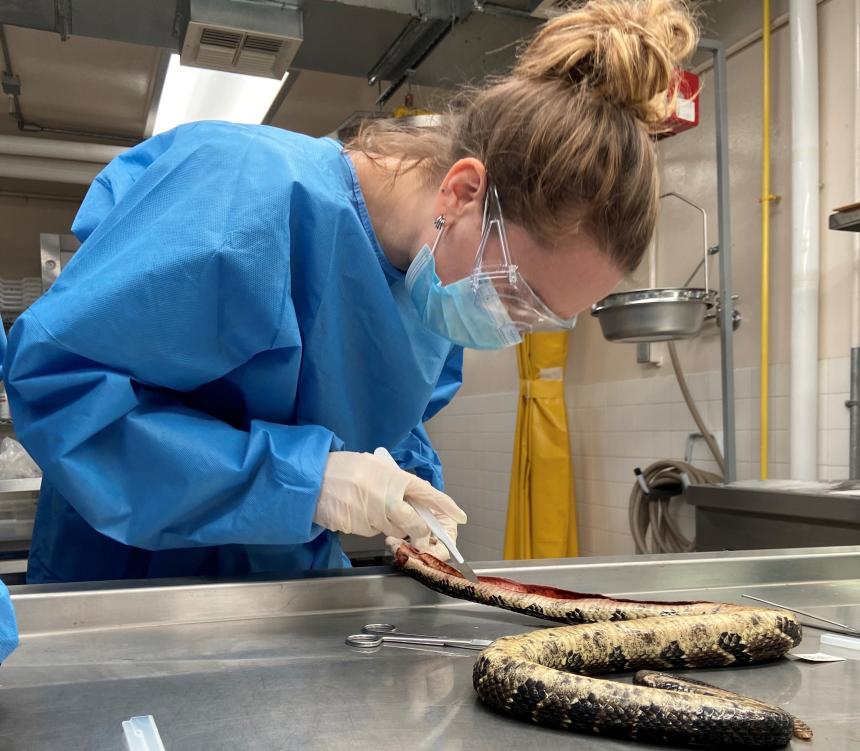
Blog
April 15, 2024
My role within the lab is a complex balancing act of time management, project and sample organization, and managing our case data stream. I guide incoming diagnostic case submissions, manage research project samples and submissions, and help facilitate educational activities like wet labs and symposiums....
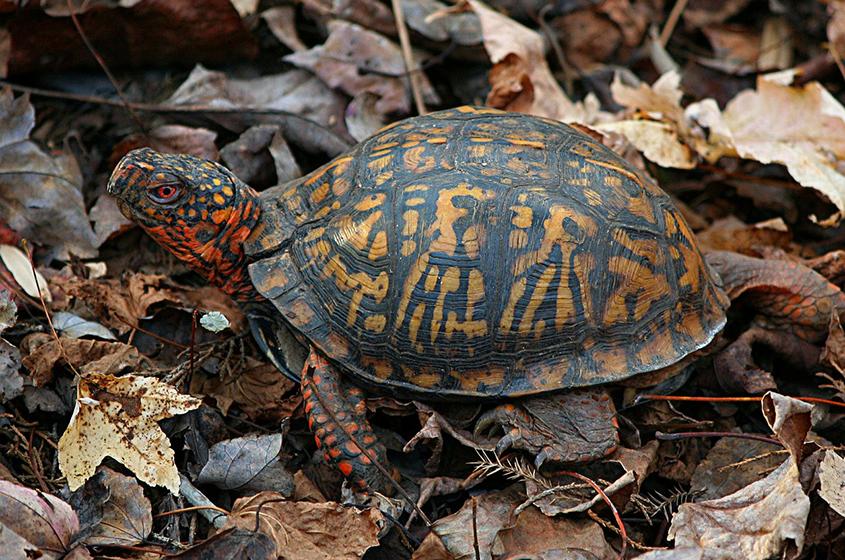
For Your Information
April 21, 2020
Most people value wildlife encounters, and there’s a fascination that comes from a taxa so vastly different than our own. But, many species of reptiles and amphibians are declining in the wild, facing threats such as habitat loss, unscrupulous collection, and disease. Therefore, great care must be taken to ensure that we do not negatively impact that which we love.
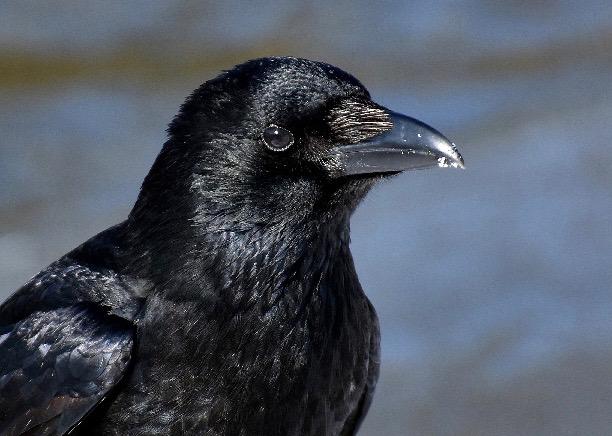
For Your Information
October 01, 2019
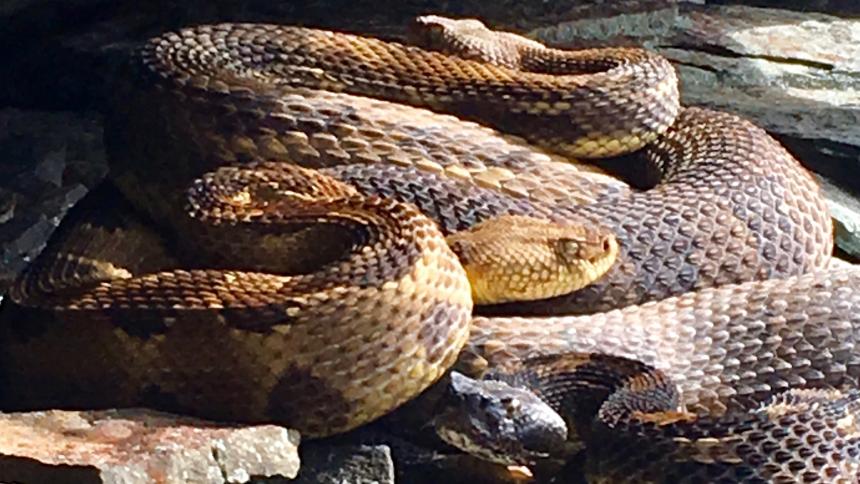
Blog
April 12, 2019
Snake Fungal Disease (SFD) is caused by the fungus Ophidiomyces ophiodiicola and it poses a significant threat to wild snakes in the eastern United States. First discovered in 2006 in a declining New Hampshire population of timber rattlesnakes (Crotalus horridus), SFD has now been recorded in over a dozen species.
March 19, 2019
by
Melissa Fadden and
Jennifer Peaslee
What do you call the post-mortem examination of an animal? The appropriate term is “necropsy,” derived from necro (“death”)….
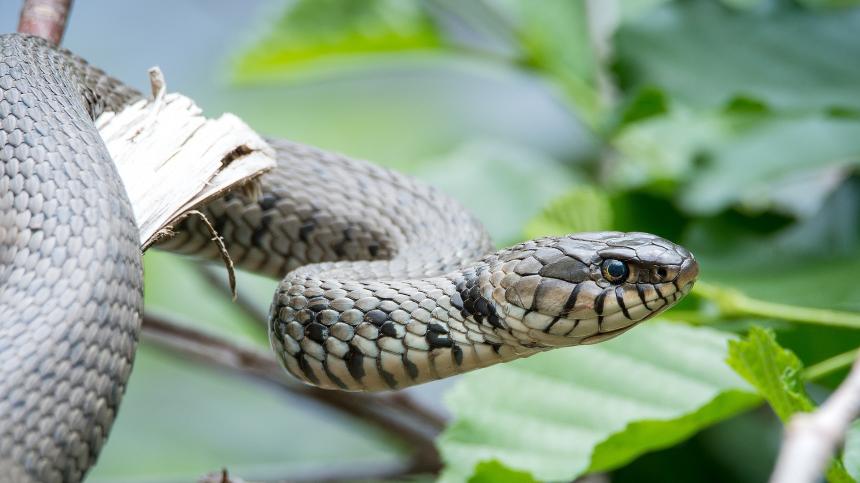
December 22, 2017
Biologists have discovered that snake fungal disease has the potential to infect any type of snake. If the disease spreads, it could pose a global threat to ecosystems.
